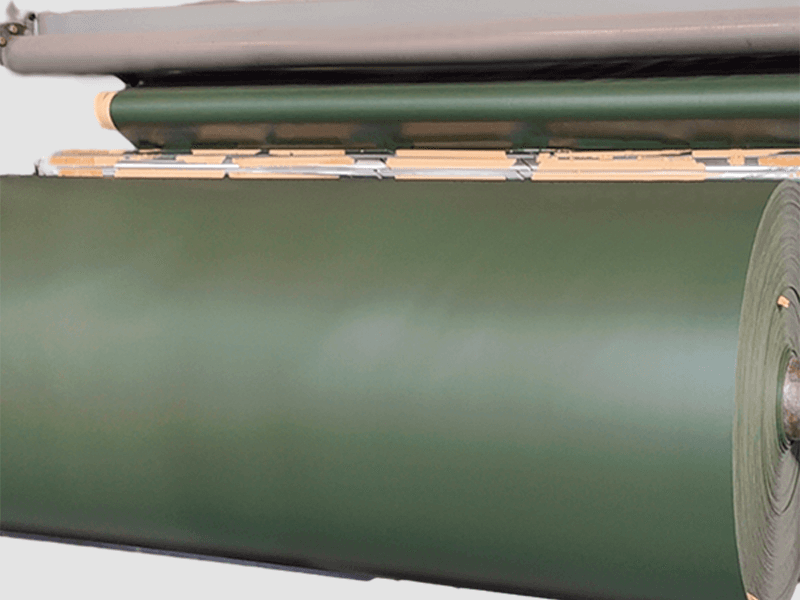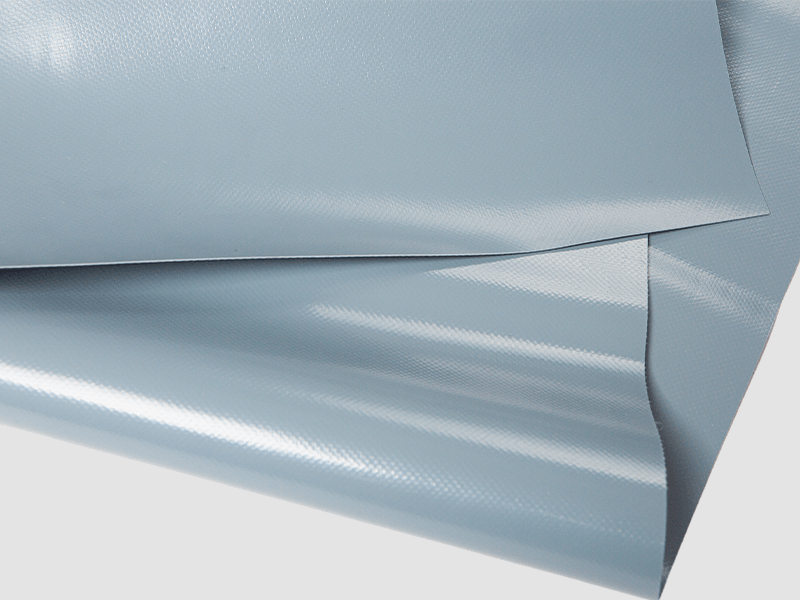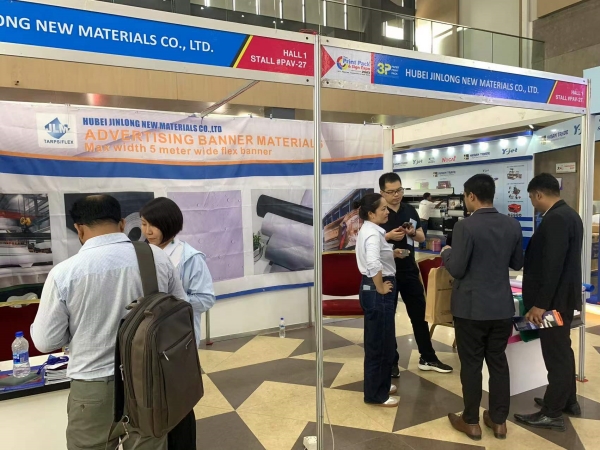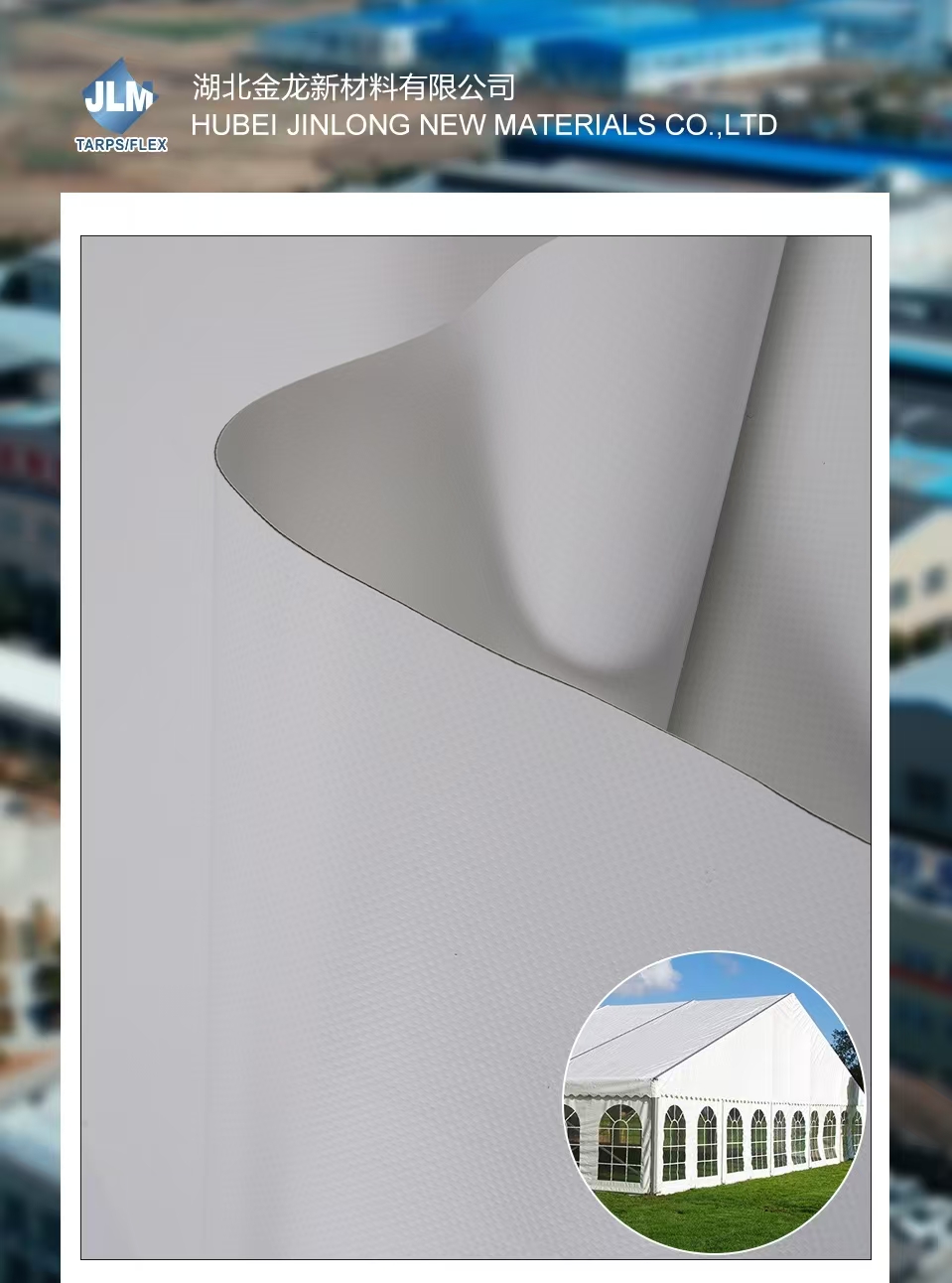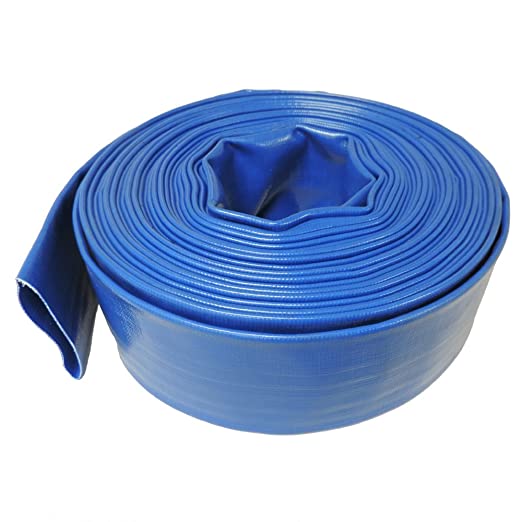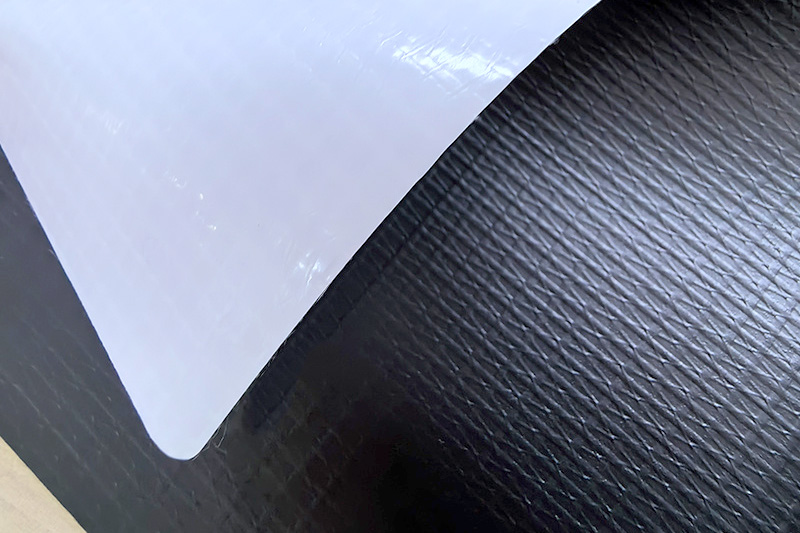Manufacturing Processes for Polyether TPU
The versatility of polyether TPU is not just due to its inherent material properties but also because of the wide range of manufacturing processes available to produce it. These processes allow manufacturers to shape polyether TPU into a variety of forms and products suited to different industries. In this section, we’ll explore the primary manufacturing techniques used to process polyether TPU, focusing on extrusion, injection molding, and other processing methods.
Extrusion
Extrusion is one of the most common methods used to process polyether TPU, particularly when the material needs to be shaped into continuous forms, such as films, sheets, tubes, or profiles. In the extrusion process, polyether TPU is heated until it reaches a molten state, then forced through a die to form the desired shape. The material is then cooled and solidified as it passes through a cooling chamber.
The extrusion process is ideal for producing long, continuous products with uniform cross-sections, such as tubing, hose liners, or even floor coverings. The flexibility of polyether TPU in extrusion also allows for the creation of complex profiles, which can be cut or shaped into specific lengths for use in industries like automotive, medical, and industrial applications.
One of the key advantages of extrusion is that it allows manufacturers to produce high volumes of consistent, high-quality material with relatively low cost. Additionally, extrusion can be used to combine polyether TPU with other materials, such as fibers or reinforcing agents, to enhance the material's mechanical properties.
Injection Molding
Injection molding is another widely used technique for processing polyether TPU, especially when producing complex parts and components with intricate designs or detailed features. In injection molding, polyether TPU is melted and injected under high pressure into a mold cavity, where it cools and solidifies into the final product. This process is particularly suitable for making parts with precise dimensions and complex geometries.
Injection molding is used to produce a wide variety of products, from small medical components like connectors and valves to larger automotive parts such as interior trim pieces or gaskets. The key benefit of injection molding is its ability to produce high volumes of parts with minimal variation, ensuring consistency and quality across batches. Additionally, injection molding allows for the use of different grades of polyether TPU, including varying hardness levels, to tailor the material’s properties to the specific requirements of the product.
Polyether TPU’s processing versatility in injection molding also allows for over-molding and insert molding, where other materials—such as metal or plastic inserts—can be integrated into the TPU part. This can enhance the mechanical properties of the product, such as improving strength or facilitating ease of assembly in complex devices.
Blow Molding
Blow molding is a process used to create hollow parts, such as bottles, tanks, and certain automotive components, from polyether TPU. In this process, polyether TPU is first melted and formed into a hollow tube called a parison. The parison is then inflated inside a mold to form the desired shape.
Blow molding is widely used in industries where large, hollow parts are required. For example, polyether TPU is used in the manufacture of protective cases for electronic devices or containers for medical and industrial applications. The blow molding process allows for the creation of lightweight, yet durable, parts that are resistant to impact and abrasion.
Blow molding is highly effective for producing high-volume parts with consistent quality and is typically used for products that need to combine flexibility with strength. Polyether TPU's excellent elongation properties make it ideal for this process, ensuring that parts remain resilient under mechanical stress or impact.
Thermoforming
Thermoforming is another processing method used to shape polyether TPU, particularly when producing thin sheets or films. In this process, polyether TPU sheets are heated to a specific temperature until they become soft and pliable, after which they are draped over a mold and vacuum-formed into the desired shape.
Thermoforming is commonly used in industries such as packaging, where thin sheets of polyether TPU can be used to create protective covers or blister packaging. It is also used in the production of automotive interior components, such as dashboards and panels, where the material needs to be both flexible and durable.
The key advantage of thermoforming is that it offers a low-cost method for creating complex shapes from thin sheets of material. It is also a relatively fast process, which allows for the production of large quantities of products in a short amount of time.
Rotational Molding
Rotational molding is less common than some of the other methods but is still used to create large, hollow, and durable parts from polyether TPU. In rotational molding, polyether TPU powder is placed into a mold, which is then heated and rotated in multiple directions. This causes the powder to melt and evenly coat the inside of the mold, forming the final product.
Rotational molding is used to produce items such as tanks, containers, and large automotive components. It is especially useful for creating products that need to be both lightweight and resistant to impact and wear. The process also allows for the use of reinforced polyether TPU formulations, which can enhance the strength and durability of the final product.
3D Printing (Additive Manufacturing)
3D printing or additive manufacturing is an emerging technology that allows for the creation of complex, custom-designed components from polyether TPU. In this process, polyether TPU is fed into a 3D printer, where it is extruded layer by layer to build up the final shape.
While 3D printing is still evolving in the industrial world, it offers a high level of design freedom and flexibility, making it ideal for prototypes, custom parts, and low-volume production. For example, in the medical industry, 3D printing of polyether TPU can be used to create customized implants or prosthetics. The material’s flexibility and biocompatibility make it an excellent choice for medical devices that need to conform precisely to a patient’s anatomy.
One of the significant benefits of 3D printing with polyether TPU is that it allows manufacturers to produce highly complex structures that would be difficult or impossible to create using traditional manufacturing methods. Additionally, 3D printing can help reduce material waste, making it a more sustainable option in some cases.
Advantages of Using Polyether TPU
The manufacturing versatility of polyether TPU contributes significantly to its broad application range. Below, we highlight some of the key advantages of using polyether TPU across different industries:
-
Customization and Design Freedom: Polyether TPU can be processed into a wide variety of shapes, sizes, and forms, enabling manufacturers to create highly customized products for specific applications. Whether through injection molding, extrusion, or 3D printing, polyether TPU offers a high degree of design freedom to engineers and product developers.
-
High Volume Production: With processes like injection molding and extrusion, polyether TPU can be produced at high volumes, making it suitable for mass production. The ability to produce large quantities of uniform parts without compromising on quality makes polyether TPU an attractive option for many industries.
-
Durability and Long-term Performance: Polyether TPU is known for its durability, resistance to wear, and long-lasting performance, which makes it an excellent choice for applications where longevity is a critical factor. This property also helps reduce the need for frequent replacements, minimizing downtime and maintenance costs.
-
Environmental Compatibility: As industries move toward more sustainable practices, the ability to produce polyether TPU using bio-based or recyclable materials provides an environmentally friendly alternative. This adds another layer of appeal, particularly for companies looking to meet environmental regulations and consumer expectations for sustainable products.
Conclusion
Polyether TPU offers exceptional versatility in both material properties and manufacturing processes, allowing it to be adapted to a wide range of applications across numerous industries. Whether used in the automotive sector for seals and hoses, in the medical field for tubing and catheters, or in consumer goods for footwear and protective cases, polyether TPU provides unmatched performance in demanding environments. Through processes such as extrusion, injection molding, blow molding, and even emerging technologies like 3D printing, manufacturers can create a variety of high-performance products that meet specific technical and performance criteria.
The material’s combination of chemical resistance, flexibility, abrasion resistance, and hydrolysis resistance ensures that polyether TPU remains a material of choice for both established and innovative applications. With ongoing advancements in processing techniques and material formulations, the future of polyether TPU looks promising, offering even more opportunities for its use in emerging industries and applications
Advantages of Using Polyether TPU
Polyether TPU has garnered significant attention in various industries due to its impressive set of advantages, which make it a reliable and versatile material choice for many applications. These benefits are largely attributed to its molecular structure, which combines the flexibility of rubber with the processability of thermoplastics. In this section, we will explore the specific advantages of polyether TPU, which make it stand out from other materials in the market.
Superior Hydrolysis Resistance
One of the most critical advantages of polyether TPU is its superior hydrolysis resistance, making it an excellent choice for applications where prolonged exposure to water or humidity is a concern. Materials with poor hydrolysis resistance tend to degrade when exposed to moisture, weakening their mechanical properties over time. In contrast, polyether TPU resists hydrolysis, maintaining its flexibility, durability, and mechanical strength even when subjected to humid or wet conditions.
This makes polyether TPU particularly well-suited for applications in the medical, automotive, and outdoor industries, where components are exposed to moisture. For instance, medical tubing, catheters, and wound care devices made from polyether TPU maintain their integrity even after repeated exposure to body fluids or during sterilization processes. In automotive applications, hoses and gaskets made of polyether TPU continue to perform well, even in environments where moisture is prevalent.
Excellent Chemical Resistance
Another significant advantage of polyether TPU is its chemical resistance, which is crucial for components that come into contact with harsh chemicals or fluids. Polyether TPU is highly resistant to a wide range of substances, including oils, fuels, solvents, and acids. This characteristic is especially beneficial in industries such as automotive, aerospace, and industrial manufacturing, where exposure to aggressive chemicals is common.
Polyether TPU’s chemical resistance allows it to maintain its mechanical properties over time, even when subjected to corrosive substances. This makes it a durable option for components such as fuel lines, gaskets, seals, and hoses in automotive and industrial applications. For example, in fuel systems or hydraulic systems, polyether TPU can resist degradation caused by contact with oils, fuels, and other chemicals, providing longevity and reliability for critical components.
High Flexibility and Durability
Polyether TPU’s combination of flexibility and durability is one of the material’s most desirable qualities. Unlike traditional thermoplastics, which can be rigid and prone to cracking, polyether TPU remains flexible across a wide range of temperatures, from sub-zero conditions to extreme heat. This makes it an ideal material for products that require flexibility, elasticity, and the ability to withstand mechanical stress.
The elasticity of polyether TPU ensures that products maintain their original shape even after repeated stretching or compression. For instance, in the footwear industry, polyether TPU is used to create outsoles, shoe soles, and cushioning elements, offering long-lasting comfort and support. Its flexibility makes it ideal for products that need to move or stretch, such as protective cases and sporting goods.
In addition to flexibility, polyether TPU is also durable. It resists abrasion, wear, and tear, making it suitable for products that undergo frequent physical stress. Its durability reduces the need for frequent replacements, making polyether TPU a cost-effective material for products that need to perform reliably over long periods.
Wide Range of Hardness
Polyether TPU is available in a wide range of hardness levels, from soft, flexible grades to more rigid, tough versions. This versatility allows manufacturers to choose the right formulation for their specific application needs. Polyether TPU hardness is typically measured on the Shore A and Shore D scales, with softer materials being more flexible and tougher materials providing higher tensile strength and resistance to deformation.
For example, softer grades of polyether TPU are commonly used in applications like footwear, where flexibility, comfort, and cushioning are essential. In contrast, harder grades are used in applications such as automotive parts or industrial components, where higher strength, load-bearing capacity, and resistance to abrasion are required. This adaptability to various hardness levels makes polyether TPU suitable for a broad array of applications across multiple industries.
Superior Wear and Abrasion Resistance
Polyether TPU’s ability to resist abrasion and wear is another significant advantage, particularly in applications where components are subjected to constant friction or mechanical stress. Whether in automotive systems, industrial machinery, or sporting goods, products made from polyether TPU can endure long-term wear without significant deterioration.
For example, in the automotive industry, polyether TPU is used in under-the-hood components such as fuel lines and hoses, which are exposed to constant friction and movement. The material’s abrasion resistance helps extend the service life of these components, preventing premature wear and reducing maintenance costs. Similarly, in footwear, polyether TPU is commonly used for shoe outsoles, providing a durable, long-lasting solution that resists wear from walking or running.
Polyether TPU is also used in industrial applications such as conveyor belts, roller coverings, and piping systems, where its superior wear resistance ensures reliable performance over time. The material’s ability to withstand friction helps reduce the frequency of repairs or replacements, contributing to operational efficiency and cost savings.
Comparing Polyether TPU to Other Materials
While polyether TPU offers a range of exceptional properties, it is essential to compare it to other materials in terms of performance, cost, and application suitability. Let’s compare polyether TPU to other commonly used materials, such as polyester TPU, rubber, and other thermoplastics.
Polyether TPU vs. Polyester TPU
Both polyether TPU and polyester TPU belong to the same family of thermoplastic polyurethanes, but they have distinct differences that make each more suitable for specific applications.
-
Polyether TPU is more hydrolysis-resistant and performs better in moisture-rich environments, making it ideal for applications such as medical devices or automotive components exposed to water and humidity. It also offers superior flexibility and low-temperature performance, which makes it ideal for applications requiring pliability in cold conditions.
-
Polyester TPU, on the other hand, tends to have better abrasion resistance and tensile strength. It is often used in applications that involve heavy wear, such as industrial machinery or automotive components that require exceptional durability. However, polyester TPUs are less resistant to moisture and hydrolysis, which limits their use in environments where these factors are prevalent.
In summary, while both materials are durable and versatile, polyether TPU is typically the preferred choice for applications exposed to moisture, while polyester TPU excels in applications requiring toughness and high mechanical strength.
Polyether TPU vs. Rubber
When comparing polyether TPU to rubber, polyether TPU often offers superior performance due to its combination of elasticity and processability.
-
Rubber is an excellent material for applications that require high elasticity and flexibility. However, it often needs to be vulcanized (cross-linked) to improve its durability and performance. Vulcanization adds complexity to the production process and limits the material’s reusability.
-
Polyether TPU, on the other hand, combines the elasticity of rubber with the ability to be easily processed and recycled. It can be molded, extruded, or injected without the need for curing processes, offering more flexibility in production and cost-effectiveness.
Polyether TPU’s chemical resistance, abrasion resistance, and long-term durability make it a superior choice for many applications compared to rubber, particularly in industries where ease of processing, consistent performance, and recyclability are key considerations.
Polyether TPU vs. Other Thermoplastics
Compared to other common thermoplastics such as polypropylene (PP) or polyethylene (PE), polyether TPU offers several advantages:
-
Flexibility: Polyether TPU is much more flexible than polypropylene or polyethylene, making it ideal for dynamic applications such as footwear, automotive seals, and medical tubing.
-
Chemical and Wear Resistance: While polypropylene and polyethylene offer good chemical resistance, polyether TPU provides a much higher level of abrasion resistance and is better suited for harsh chemical environments. It is more durable in applications where continuous physical stress is involved, such as conveyor systems or protective covers.
-
Temperature Performance: Polyether TPU has a wider range of operating temperatures compared to polypropylene or polyethylene, making it suitable for use in both cold and hot environments.
Overall, polyether TPU offers better performance in many areas where flexibility, chemical resistance, and durability are paramount, outshining other thermoplastics in specific demanding applications.
Conclusion
Polyether TPU is an exceptional material choice for a wide range of applications across diverse industries. Its superior hydrolysis resistance, chemical resistance, flexibility, and durability make it highly versatile for products requiring long-term performance in challenging conditions. The material’s wide range of hardness levels further expands its application potential, enabling manufacturers to tailor its properties to meet specific needs.
Polyether TPU’s advantages over other materials, such as rubber and other thermoplastics, ensure that it remains a top choice in industries like automotive, medical, consumer goods, and industrial manufacturing. With ongoing advancements in processing techniques and material formulations, polyether TPU will continue to be an integral part of innovative solutions for new and emerging applications
Applications of Polyether TPU
Polyether TPU's exceptional properties, including flexibility, durability, chemical resistance, and hydrolysis resistance, make it an incredibly versatile material suitable for a wide range of industries and applications. From automotive to medical, consumer goods, and industrial applications, polyether TPU is utilized in various forms and functions. This section will explore some of the most common and innovative uses of polyether TPU across different sectors.
Automotive Industry
In the automotive industry, polyether TPU plays a crucial role in producing high-performance parts that need to withstand harsh conditions, such as exposure to chemicals, extreme temperatures, and physical stress. Polyether TPU’s superior abrasion resistance, flexibility, and durability make it ideal for producing automotive components like seals, gaskets, hoses, and cable jacketing.
-
Seals and Gaskets: Polyether TPU is used to manufacture gaskets and seals for doors, windows, and engine compartments, where it provides an excellent seal against dust, moisture, and air. Its hydrolysis resistance makes it particularly effective in environments where moisture exposure is frequent, such as engine compartments where water and other fluids can accumulate.
-
Hoses: Polyether TPU is used in the production of automotive hoses, such as fuel, coolant, and air conditioning hoses. These hoses are exposed to high temperatures, chemicals, and pressures, and polyether TPU’s chemical and thermal resistance ensures that these hoses remain intact and functional for extended periods, reducing the need for frequent replacements.
-
Cable Jacketing: Polyether TPU is also used for insulating automotive cables. Its flexibility allows it to handle the movement of cables without cracking or breaking, while its excellent abrasion resistance ensures long-lasting protection against wear and tear. Moreover, it’s a lightweight material, helping reduce the overall weight of vehicles and improving fuel efficiency.
Medical Devices
Polyether TPU’s excellent biocompatibility, flexibility, and resistance to hydrolysis make it an ideal material for use in medical devices. It is commonly used for products that come into contact with the human body, including catheters, tubing, and medical device components. Polyether TPU is non-toxic and safe for prolonged exposure to bodily fluids, making it an essential material for critical medical applications.
-
Catheters and Tubing: Polyether TPU is widely used in the production of catheters, urinary drainage tubes, and intravenous (IV) tubing. These medical devices need to be flexible enough to navigate through the body while remaining durable enough to handle prolonged exposure to bodily fluids. Polyether TPU’s hydrolysis resistance ensures that these devices maintain their structural integrity even when exposed to water or saline solutions.
-
Medical Device Components: Polyether TPU is used in the production of various medical device components, such as seals, valves, and connectors. These components must provide a secure, leak-free performance to ensure patient safety. The material’s chemical resistance also allows it to withstand exposure to disinfectants and sterilization processes, ensuring that medical devices remain sterile and safe for use.
-
Wound Care: Polyether TPU is utilized in wound care products, such as dressings and bandages, where it acts as a flexible, breathable barrier that protects wounds from external contaminants while allowing air to circulate. The material’s flexibility and softness ensure patient comfort during prolonged wear.
Consumer Goods
In the consumer goods industry, polyether TPU’s versatility is leveraged to create products that are durable, flexible, and comfortable. Polyether TPU is used in a variety of applications, including protective cases, sporting goods, and footwear, where its ability to withstand daily wear and tear is essential.
-
Protective Cases: Polyether TPU is commonly used to produce protective cases for electronic devices such as smartphones, tablets, and laptops. Its flexibility and durability allow the cases to absorb impacts and prevent damage to the device inside. The material’s excellent abrasion resistance ensures that the cases maintain their integrity even after prolonged use.
-
Sporting Goods: Polyether TPU is used in the manufacture of sporting goods like protective gear, grips, and footwear. The material’s flexibility, shock absorption, and resistance to wear make it ideal for producing sports equipment that requires comfort and protection. For example, in sports footwear, polyether TPU is used in midsole cushioning to provide support and comfort during physical activity.
-
Footwear: Polyether TPU is frequently used in the footwear industry, particularly in the production of shoe soles and insoles. The material’s flexibility and cushioning properties make it ideal for creating comfortable shoes that can withstand prolonged use. Additionally, polyether TPU can be molded into different hardness levels, providing varying levels of support and comfort depending on the type of footwear.
Industrial Applications
Polyether TPU's abrasion resistance, flexibility, and chemical resistance make it an ideal material for a variety of industrial applications. The material is commonly used in products that require durability, flexibility, and resistance to harsh environments.
-
Belting and Conveyor Systems: Polyether TPU is often used in belting and conveyor systems in industries such as food processing, packaging, and material handling. Its abrasion resistance ensures that it can withstand the constant friction of moving materials, while its flexibility allows the belts to bend and flex without cracking or breaking. Polyether TPU belts are also resistant to oils, greases, and chemicals, making them suitable for use in environments where other materials would degrade.
-
Hydraulic Seals: Polyether TPU is used in the manufacture of hydraulic seals, where it provides excellent performance in high-pressure, high-temperature environments. The material’s ability to resist wear and chemical degradation makes it ideal for sealing hydraulic systems in machinery and industrial equipment.
-
Rollers and Wheels: Polyether TPU is used in the production of rollers and wheels for industrial applications such as material handling, warehousing, and manufacturing. The material’s high abrasion resistance ensures that rollers and wheels can withstand the constant wear of moving materials without losing their effectiveness.
Manufacturing Processes for Polyether TPU
The ability to process polyether TPU into a wide variety of products is one of the material’s key advantages. Manufacturers use several different processing techniques to mold, extrude, and shape polyether TPU into the final products that are used in automotive, medical, consumer goods, and industrial applications. In this section, we’ll explore some of the key manufacturing processes that are used to produce polyether TPU products, including extrusion, injection molding, and other advanced techniques.
Extrusion
Extrusion is one of the most widely used processes for manufacturing polyether TPU products, particularly when producing continuous shapes like sheets, films, tubes, and profiles. In extrusion, polyether TPU is melted and forced through a die to form the desired shape, after which it is cooled and solidified. The extrusion process allows manufacturers to create products with uniform cross-sections, which are ideal for applications such as hoses, tubing, and medical devices.
The extrusion process can be modified to produce multilayer films or composite materials by incorporating other substances, such as fillers or reinforcing agents, into the material. This enables the production of products with enhanced performance characteristics, such as improved strength, chemical resistance, or flexibility.
Injection Molding
Injection molding is another highly versatile and efficient method for producing polyether TPU products. In this process, the material is heated until it reaches a molten state, then injected into a mold under high pressure. The mold defines the shape of the final product, and once the material cools and solidifies, the part is ejected from the mold.
Injection molding is used to create highly detailed and complex components, making it ideal for producing medical device parts, automotive components, and consumer goods. The ability to create complex shapes with precise tolerances and a variety of hardness levels makes injection molding a popular choice for many industries.
Other Processing Techniques
In addition to extrusion and injection molding, polyether TPU can also be processed using other advanced manufacturing techniques such as blow molding, thermoforming, and 3D printing. Each of these methods offers unique advantages for creating products in specific shapes, sizes, and forms.
-
Blow molding is used to create hollow products, such as protective cases and tanks, from polyether TPU. This process allows manufacturers to produce lightweight, durable parts that are resistant to impact and wear.
-
Thermoforming is a technique used to create products from thin sheets of polyether TPU, often used in packaging and protective covers.
-
3D printing or additive manufacturing enables the creation of highly customized parts, which is particularly useful in the medical and prototype industries.
Conclusion
Polyether TPU is a remarkably versatile material with an extensive range of applications in industries such as automotive, medical, consumer goods, and industrial manufacturing. Its superior properties, including chemical resistance, flexibility, abrasion resistance, and hydrolysis resistance, make it an excellent choice for products that need to endure harsh environments or constant wear and tear.
Through advanced manufacturing processes like extrusion, injection molding, blow molding, and 3D printing, polyether TPU can be shaped into a variety of products that meet the unique needs of each industry. Its ability to provide customized solutions for a wide array of applications, coupled with its superior performance characteristics, ensures that polyether TPU will remain a material of choice for innovative products across diverse sectors.
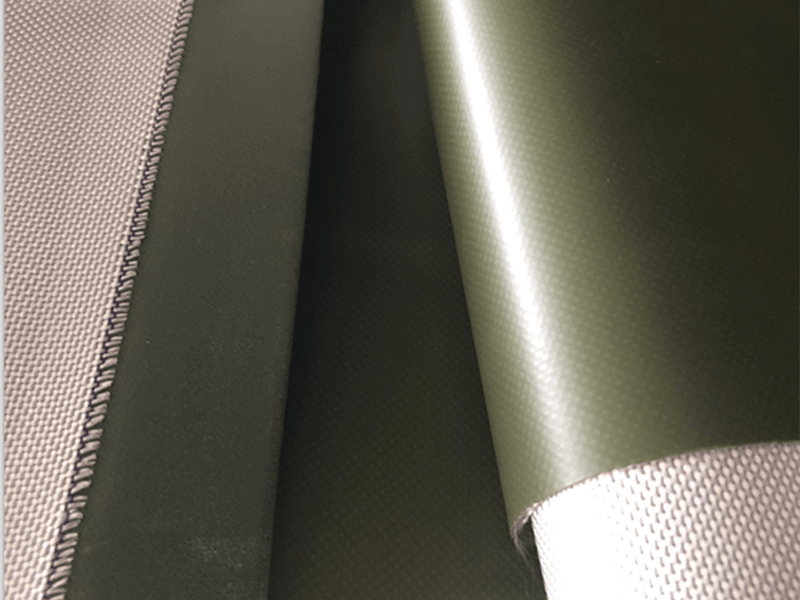


 English
English русский
русский Français
Français Español
Español
